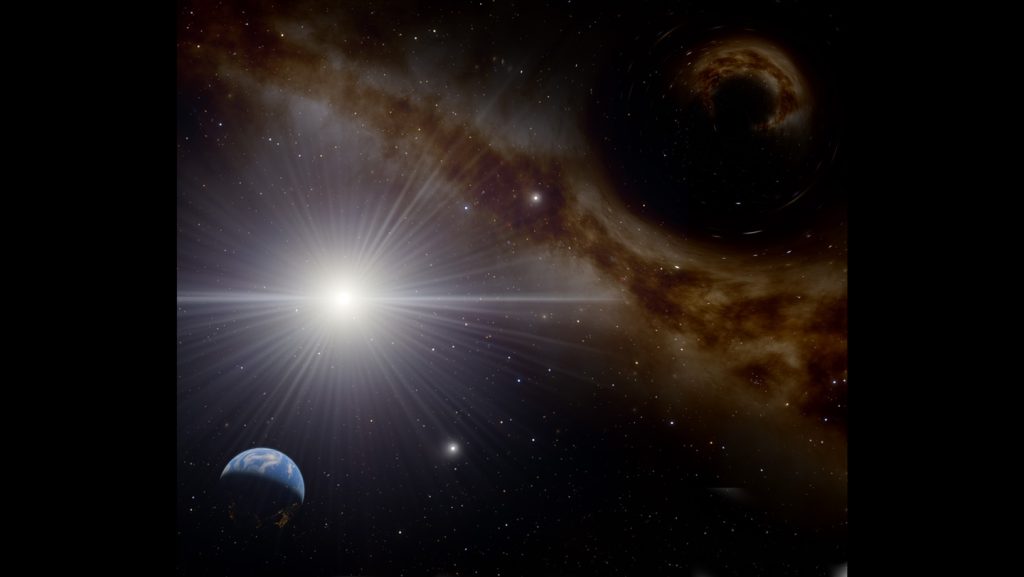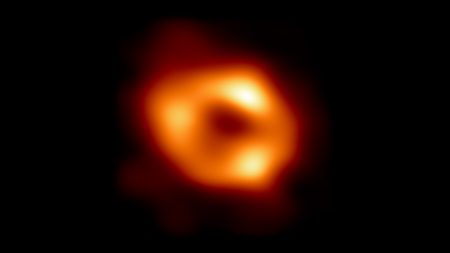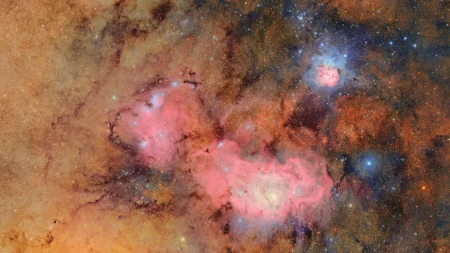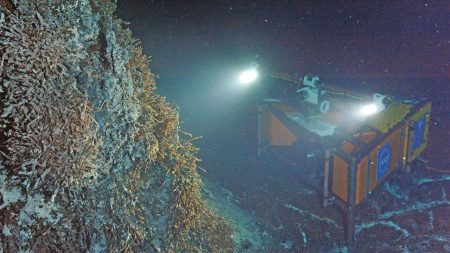Primordial Black Holes: From the Big Bang to Cosmic Fireworks
The earliest moments of our universe’s existence remain shrouded in mystery, but scientists have proposed that the chaos and extreme energy of the Big Bang may have created something extraordinary: primordial black holes. Unlike their larger cousins that form from collapsed stars, these theoretical black holes would have been born in the universe’s first fraction of a second. What makes these cosmic entities particularly fascinating is their predicted death – not a quiet fade into obscurity, but rather explosive finales releasing bursts of incredibly energetic particles. This cosmic life cycle, from the universe’s birth to explosive demise, represents one of the most intriguing concepts in modern astrophysics.
These primordial black holes would have formed when extraordinarily dense regions in the early universe collapsed under their own gravity. While conventional black holes require the death of massive stars, primordial black holes could have formed directly from the density fluctuations present just moments after the Big Bang. Their sizes might vary dramatically – from microscopic entities smaller than atoms to massive bodies several times heavier than our Sun. The smallest among them would have already completed their life cycles, potentially releasing detectable signals, while larger ones might still lurk undetected throughout the cosmos, possibly even accounting for some portion of the mysterious dark matter that permeates our universe.
What makes primordial black holes particularly special is their theoretical end-of-life process. According to Stephen Hawking’s groundbreaking work, all black holes slowly evaporate by releasing radiation – a process now known as Hawking radiation. For typical stellar black holes, this process would take longer than the current age of the universe, making it effectively unobservable. However, primordial black holes small enough could have already reached the final stages of evaporation, culminating in spectacular bursts of high-energy particles. These cosmic fireworks would release more energy in their final seconds than multiple supernovae, potentially producing detectable gamma rays, cosmic rays, and other particles that might be observable with our current or near-future technology.
The hunt for evidence of these primordial black holes has spanned decades, with scientists searching for their gravitational effects, evaporation signatures, or their influence on cosmic background radiation. While direct proof remains elusive, several unexplained cosmic phenomena might potentially be attributed to them. Recent observations of gravitational waves, unexplained gamma-ray bursts, and certain gravitational lensing events have all been scrutinized as possible evidence. If confirmed, primordial black holes would provide unprecedented insights into the earliest moments of our universe, potentially revealing conditions present during cosmic inflation and other processes that shaped our reality before conventional physics could operate.
Beyond their scientific importance, primordial black holes represent a profound philosophical bridge between the universe’s beginning and its ongoing evolution. They would connect the quantum fluctuations present at the dawn of time with the large-scale structures we observe today. These ancient entities might be the oldest “objects” in existence, carrying imprints of conditions present before stars, galaxies, or even atoms could form. Their study transcends traditional boundaries between cosmology, particle physics, and quantum mechanics, forcing scientists to reconcile theories across vastly different scales and energies, potentially leading to a more unified understanding of reality itself.
As our detection technologies improve and theoretical models become more sophisticated, the search for primordial black holes continues with renewed vigor. Their confirmation would not only validate key aspects of modern cosmological models but might also provide solutions to persistent mysteries like dark matter, cosmic inflation, and the ultimate fate of information that falls into black holes. These theoretical entities, born in the universe’s first breath and dying in spectacular bursts of energy, embody the cyclical nature of cosmic processes – where endings become beginnings and where the most extreme conditions often yield the most profound insights. In their possible existence and dramatic lifecycle, primordial black holes remind us that our universe’s most fundamental secrets may be hidden in the interplay between its most violent beginnings and its most energetic conclusions.















